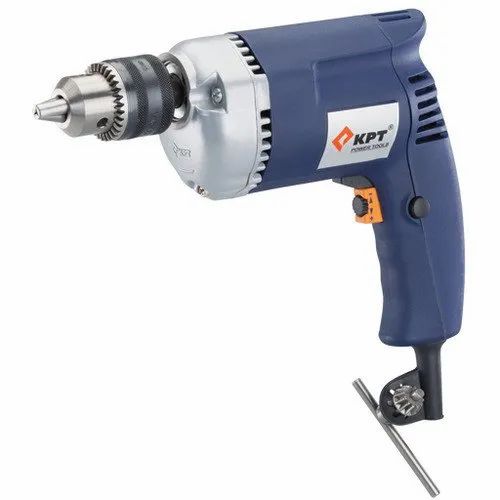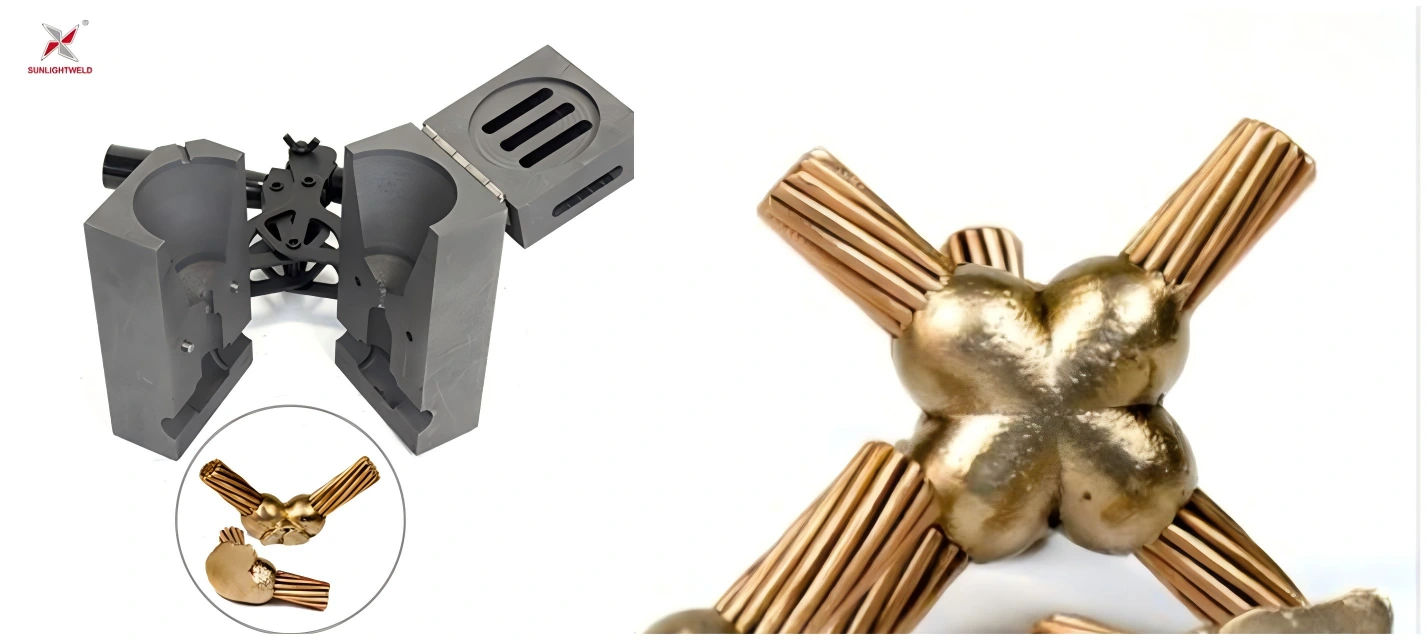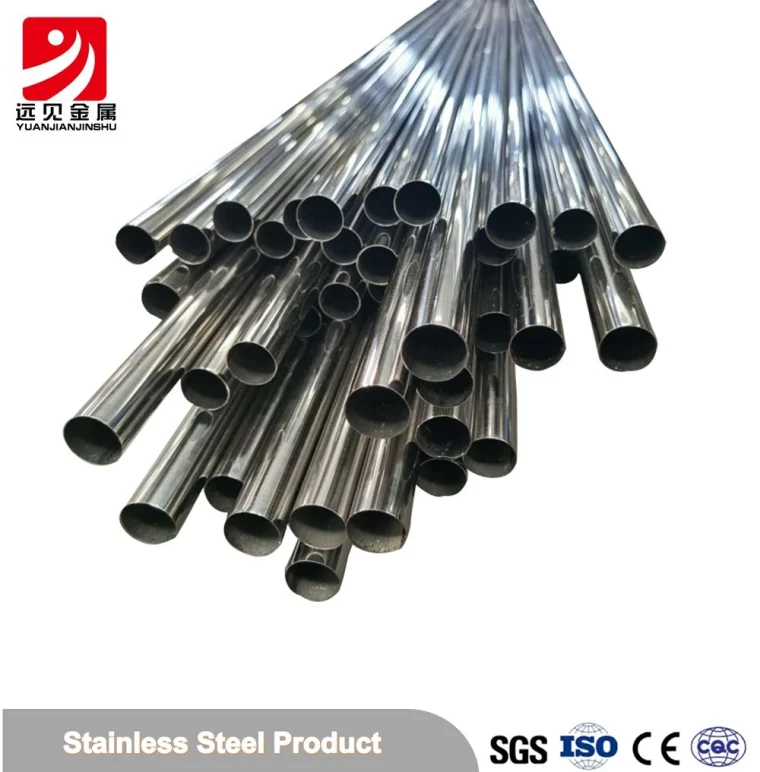
In the world of DIY and woodworking, the question often arises: Can you turn a hand drill into a drill press? This article delves into the possibilities, techniques, and considerations involved in transforming a handheld tool into a stationary powerhouse, exploring the advantages and limitations of such a conversion.
1. Understanding the Basics: Hand Drill vs. Drill Press
Before delving into the conversion process, it's crucial to grasp the fundamental differences between a hand drill and a drill press. A hand drill offers mobility but may lack the stability and precision required for certain tasks. On the other hand, a drill press is a stationary tool designed for accuracy and repetitive drilling, making it a preferred choice in workshops.
2. Assessing Feasibility: Can Your Hand Drill Make the Transition?
The feasibility of converting a hand drill into a drill press largely depends on the specific model and design. High-quality, sturdy hand drills with a vertical setup are more likely candidates for conversion. Assessing the drill's power, chuck capacity, and overall construction is essential to determine if it can handle the rigors of a drill press transformation.
3. DIY Conversion Kits: A Shortcut to Precision
For those inclined towards a hands-on approach, DIY conversion kits are available. These kits typically include the necessary components such as a base, column, and mounting hardware to convert a hand drill into a makeshift drill press. While they may not match the precision of a dedicated drill press, they offer a cost-effective solution for occasional use or smaller projects.
4. Building Your Custom Drill Press Rig: A Technical Endeavor
For enthusiasts seeking a more robust solution, building a custom drill press rig is an option. This involves constructing a stable base, vertical column, and a secure mounting mechanism for the hand drill. Attention to detail, precision in measurements, and a thorough understanding of mechanical principles are essential for a successful conversion.
5. Limitations and Considerations: Acknowledging Constraints
It's crucial to recognize the limitations of a converted hand drill. The precision and stability may not match that of a dedicated drill press, especially for intricate tasks. Additionally, prolonged use may pose challenges related to overheating and wear and tear on the hand drill. Users should weigh the advantages against these limitations when deciding on the conversion.
6. Conclusion: Balancing Innovation and Practicality
In conclusion, the question of turning a hand drill into a drill press opens up avenues for innovation in the workshop. While DIY kits and custom conversions offer practical solutions, it's essential to acknowledge the inherent limitations. Choosing this route depends on the user's needs, the complexity of projects, and the available resources. Whether opting for a quick DIY conversion or embarking on a custom build, the key is to strike a balance between innovation and practicality, ensuring that the transformed tool meets the desired precision and stability standards.



